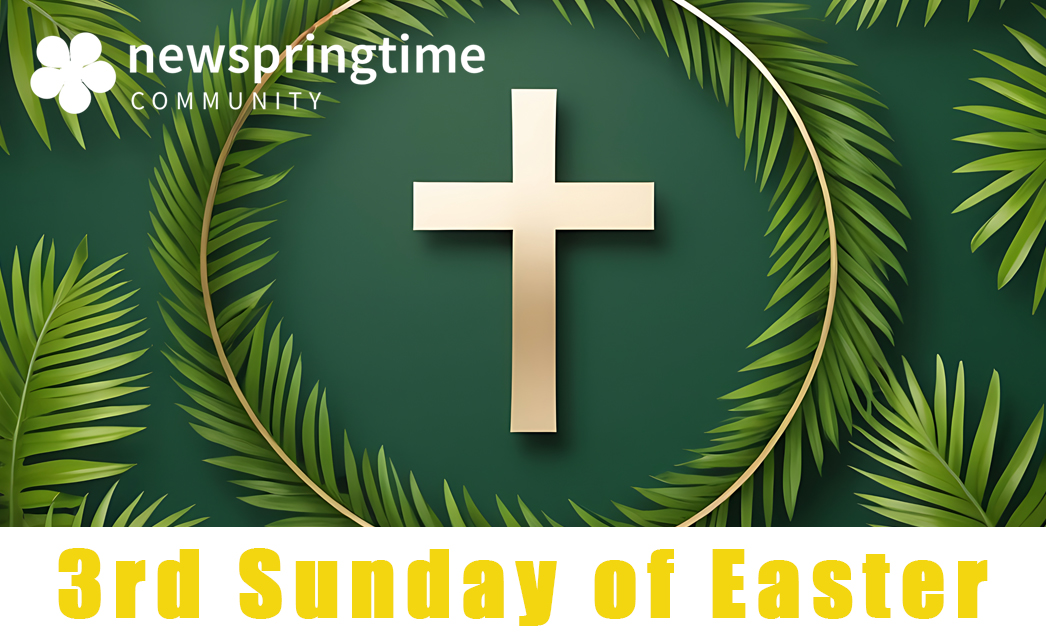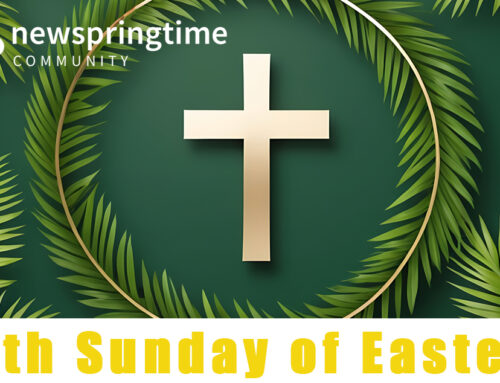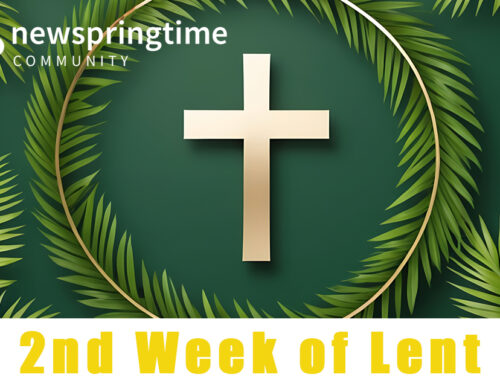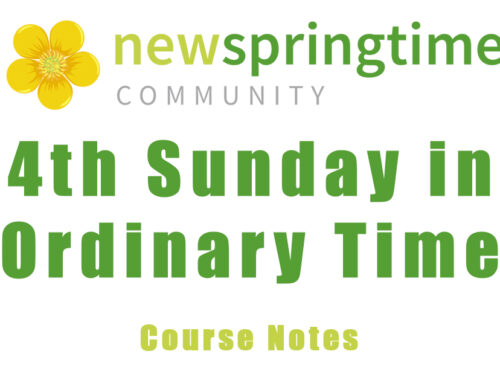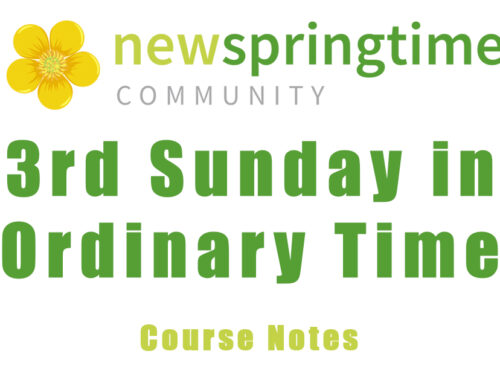If you would like to download a copy of this notes in PDF, please click here
Commentary 3rd Sunday of Easter 2024
What preceded this gospel reading was the meeting of the two disciples, who were on their way to Emmaus. with the risen Jesus who not only explained the scriptures to them but also broke the eucharistic bread with them. Needless to say, they headed back to Jerusalem to the tell their startling good news to the believers. While they were recounting what had happened, Jesus stood among them. It would seem that he hadn’t come through the door. Suddenly he was inexplicably present. “Peace be unto you” he said. This was the ordinary salutation of the Hebrews, who under the name of peace included prosperity, health, and every other blessing. Surely, it had added significance because it was said by Jesus. Christ granted them his peace, in order to quell the fear and disturbance of mind which his ignominious death and sudden appearance had caused them. Although they had already heard about the resurrection of Jesus, they were startled, and thought for a moment that they were seeing a ghost. Jesus, for his part, was wondering why they were confused and questioning. The apostles could see Jesus. But to prove he wasn’t a phantasm, he asked them to touch his body. Hence it is clear, says St. Gregory, that a glorified body is immaterial by reason of its spiritual powers, but material inasmuch as it is true to its nature. Later in 1 Jn 1:1 we read, “That which was from the beginning, which we have heard, which we have seen with our eyes, which we have looked at and our hands have touched—this we proclaim concerning the Word of life.”
In order to seal the deal, so to speak, Jesus asked for and ate some grilled fish, which proved that he truly had a material body. But what has been referred to as the hermeneutic of suspicion persisted, i.e., they still had lingering doubts. In order to ally their misgivings, Jesus went on to repeat what he had said when he accompanied the two men to Emmaus by going through the three main types of biblical writing, namely, the law, the prophets and the writings, to show that it was necessary for the suffering servant to die, and to rise on the third day. He probably referred to Ps 22 and Is 53. A key Old Testament text to do with the resurrection is Ps 16:10, “you will not abandon me to the realm of the dead, nor will you let your faithful one see decay.” Jesus may also have had in mind texts to do with repentance which had been proclaimed to all the nations beginning in Jerusalem such as those that are found in Is 2:1-4, “In days to come the mountain where the Temple stands will be the highest one of all, towering above all the hills. Many nations will come streaming to it, and their people will say, “Let us go up the hill of the Lord, to the Temple of Israel’s God. He will teach us what he wants us to do; we will walk in the paths he has chosen. For the Lord’s teaching comes from Jerusalem; from Zion he speaks to his people.” Again, in Is 49:6 we read, “The Lord said to me, “I have a greater task for you, my servant. Not only will you restore to greatness the people of Israel who have survived, but I will also make you a light to the nations — so that all the world may be saved.” These references, were to be fulfilled in the great commission of Jesus to evangelise the whole world.
At the end of his Gospel, Luke is preparing the reader for things to come, events that will be recounted in his companion volume the Acts of the Apostles which will describe how, having been filled with the promised Holy Spirit at Pentecost, the believers would spread the good news far and wide. It is worth mentioning in passing that Luke’s gospel was based on a geographical model, namely, the journey of Jesus from Nazareth to Jerusalem where he was crucified and rose from the dead. The Acts too, were based on a geographical model, namely, the journey of the good news message from the Jerusalem of the Jews, to the Samaria of the Samaritans, who were heretical Jews, to the home of Cornelius who was a pagan, and on to Rome itself, which St Paul reached. It was considered to be was at the center of the known world.

